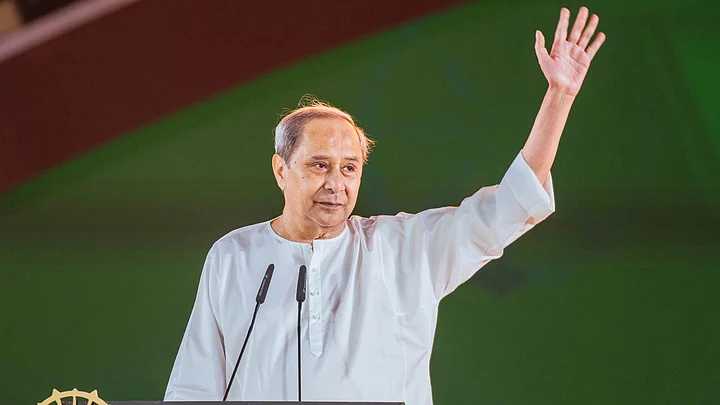The Naveen Patnaik-led Odisha government has decided to include 22 new caste groups to the state list of Socially and Educationally Backward Classes (also known as Other Backward Classes or OBCs). The cabinet took the decision in this regard on Saturday, 21 January.
Why now? The inclusion of new groups is aimed at removing the discrepancy between the state list and the union list. The castes that were part of the union list but had not found a place in the Odisha government list so far, will now be included in the state list by further amending the Odisha State Commission for Backward Classes (Amendment) Act.
Which are the caste groups to be added? The following 22 caste groups will be added to the state list of OBCs: Badhei, Bindhani, Bindani, Baraji, Baroi, Sankhua Tanti, Gola Tanti, Lajya Nibaran, Hansi Tanti, Kapadia, Gandhamali, Thanapati, Pandara Mali, Paniar Mali, Pandaria, Oda-Khandayat, Bayalisha Oda, Oda Paika, Oda Paiko, Haladia Teli and Kalandi.
How much reservation do OBCs get in Odisha? The OBCs get 11.25% reservation in public sector jobs and higher educational institutions in the state.
The opposition parties have often criticised the ruling Biju Janata Dal, which has continuously been in power for more than two decades, for not raising this number to 27%, in line with the union government. However, whenever the government has tried to raise the quota, it has been struck down by the courts for crossing the 50% ceiling of total reservation set by the Supreme Court in the 1993 Indra Sawhney judgment.
For example, Orissa High Court had struck down the Odisha Reservation of Posts and Services (for Socially and Educationally Backward Classes) Act, 2008, which had stipulated 27% reservation for the OBCs.
The Scheduled Tribes (STs) get 22.5% while the Scheduled Castes (SCs) get 16.25% reservation in the state, which takes the total reservation for the SCs, STs and OBCs to 50%.
Will the EWS judgment change matters? After the Supreme Court upheld the constitutionality of the reservation for the Economically Weaker Sections of citizens in November 2022, the 50% ceiling set by the Indra Sawhney judgment has been breached at the national level as well as in most states. This has led to a demand by various political parties and activists to increase the OBC quota to make it proportionate with their population share.
The Bharatiya Janata Party and Congress in Odisha have been urging the Patnaik government to raise the quota to 27%.
BJP also demands caste census: While the Narendra Modi government at the centre has refused to include caste component in India's decennial census, the BJP leaders in Odisha have made a vociferous demand for caste survey at the state level.
As per a report in Business Standard on 20 January, BJP state OBC cell president Surath Biswal said the party will soon launch a state-wide stir demanding immediate conduct of the OBC census in Odisha.
What has been Odisha's record on OBC reservation? While the Naveen Patnaik government has been making all the right noises in the last few years as far as OBCs are concerned – urging union government to conduct caste census, giving quota in civic bodies, setting up a commission for backward classes, etc – the state was quite late in legislating reservation for OBCs.
While other big states like Tamil Nadu, Karnataka, Maharashtra, Andhra Pradesh and Bihar had enacted laws for OBC reservation in the decades following India's independence, Odisha passed a law only after the Mandal Commission report was implemented at the national level in the early 1990s.
(At The Quint, we question everything. Play an active role in shaping our journalism by becoming a member today.)
